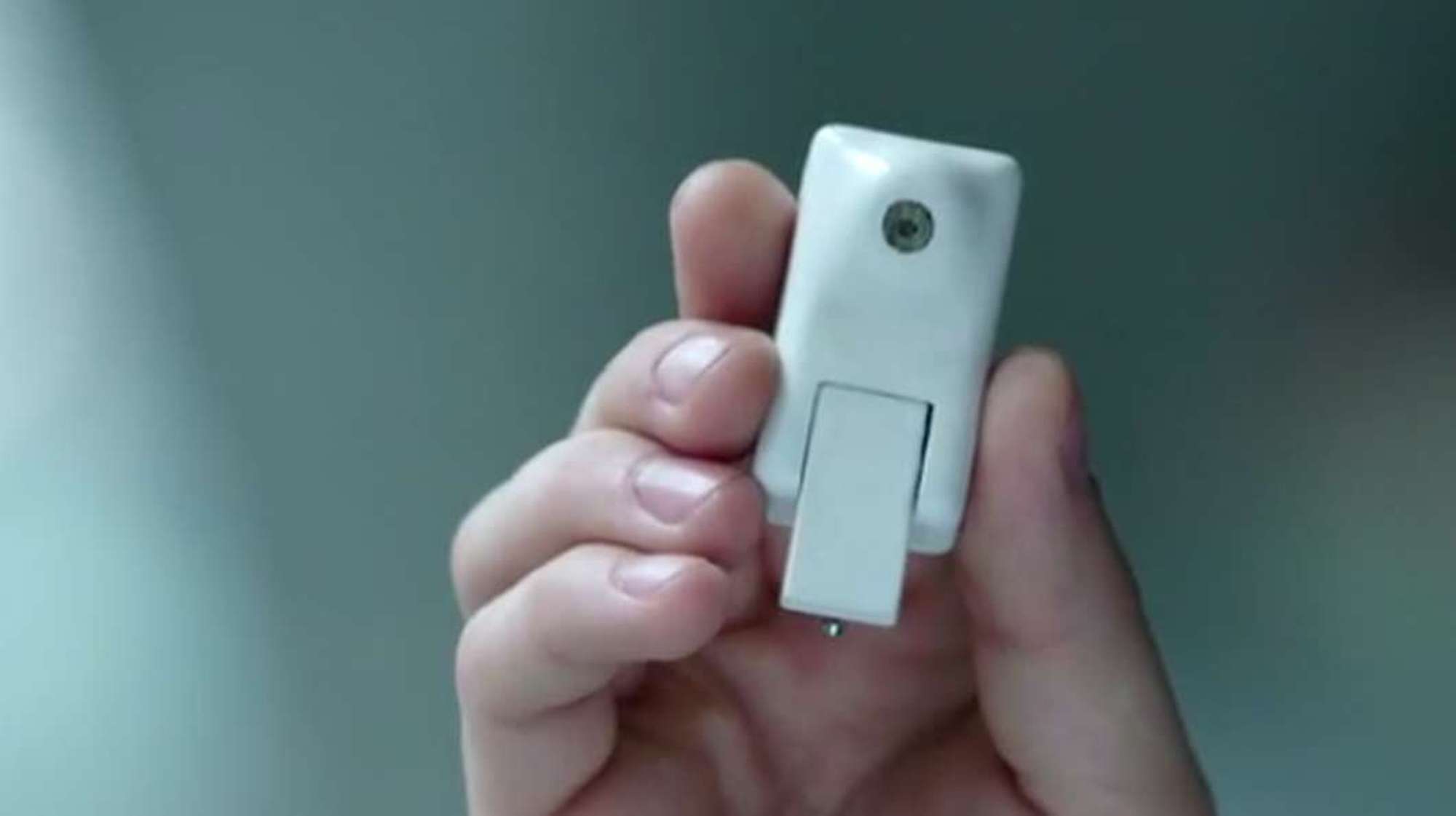In 2013, Matterform introduced its first new product, a printer and a 3D scanner, launched on the Indiegogo platform as part of a fundraising campaign. The company’s main goal was to make this new technology accessible to everyone, with a focus on design and engineering. The project became an instant success and generated impressive revenue estimated at Can$471,000.
Two years later, the team returns to the forefront in the hope of revealing to the sun another of their inventions, this time the goal is to put the power of 3D photos in your hands, as long as someone has a smartphone and the company’s new equipment. , manages to capture the world around you in a new and creative way, revolutionizing the current photographic landscape.
- Photos are the best way to communicate visually and today.
- With the growth of social networks.
- This factor is only increasing.
- The biggest problem is that even the best camera on the market cannot transmit the full naturalness of the captured image.
- Since most of them only support two-dimensional photographs.
- Or rather.
- They did!.
The Bevel project team has identified this deficiency and is doing everything possible to resolve the problem. The truth, according to the CEO of the company, Drew Cox, is that “when we use a common image, we do not convey the whole story behind that, but together we can change that. ” Matterform intends to raise enough funds on its Kickstarter page to make this dream come true.
With that in mind, it is the first gadget that turns your smartphone or tablet’s 2D camera into a 3D photo capture tool. To take advantage of this technology, the user simply has to connect the device to the headphone jack and have the application for Android or iOS devices, and then simply capture the image of the place, person or thing, as if it were a common photograph.
The equipment uses infrared light, which poses no risk to the view, and the smartphone’s own camera to capture 3D photos. The result is an incredible 3D photography of almost anything, resulting in an effect never seen on the world’s mobile. technology so far. In addition, it has its own internal power supply, a rechargeable battery that prevents the mobile device from running out while in use.
The photo can be viewed directly on the company’s mobile app, called Cashew. Users can save their photos in 3D to the device and share the result on social networks, such as Twitter, Facebook, Tumblr and Pinterest.
The resource works correctly at a distance of 1 meter from the scene to be captured, but the development team has already expressed its intention to capture entire buildings and cities, functionality that should be available in future versions of the equipment.
Another important promise of novelty is to allow the printing of 3D images directly from your mobile phone or tablet. However, the computer supports that they are still working to find out how it would work and even the ability to use the existing printer. At the moment, the supported feature is the ability to create 3D photos, which is already a significant breakthrough.
The project requires $200 million, according to the company, and is expected to be launched earlier this year. The founders also warned that to access the equipment and application, it would be necessary to invest approximately $49 of users and that shipments do not start until after the deadline reported by the company, provided that everything went as planned.
These innovations are not uncommon today. A few years ago, for example, digital cameras interrupted the popularity of movie-based cameras, providing immediate photo processing and instantly sharing events from person to person and, later, on the Internet with the popularization of Wi-Fi.
3D photos can revolutionize the way experiences are shared through social media. The new technological aspect of photographs would provide event documentation for posterity by publishing memorable events on the three-dimensional web, or who knows, creating a character for a video game based on real people who have lived previous years, or to support online purchases by virtually putting the desired product in the hands of the future customer, and those are just a few options.
The ways to use 3D photos in our daily routine are endless, although it now seems crazy, future generations will most likely get used to this feature and the photos as we see them today will be compared to the doodle found in the caves.
If you think about the multiple functionalities of this small device in your pocket, you will not be surprised by this novelty, we are already used to the mobile world, where smartphones accompany us 24 hours a day, 7 days a week, attending Practically all daily activities, partner networks, banking, Internet use, etc. However, it had never been considered the possibility to send Christmas cards in 3D using only the camera of your mobile phone.
Now tell us what you think about having 3D photos on your phone in such a simple and easy way, write in the field below.

